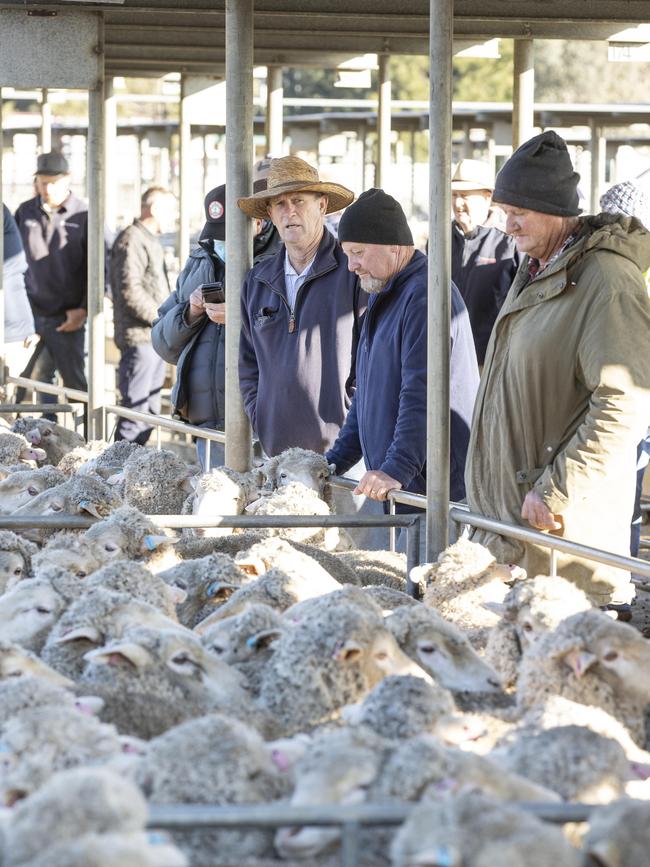Prices are tipped to ease slightly to the end of the year, while the live ex ban has fuelled volatility
Lamb prices have been tipped to ease slightly by MLA, but other costs are hitting farm profits. See the latest industry projections.
Meat and Livestock Australia’s latest sheep industry projections show analysts are predicting a slight softening in prices.
MLA’s updated sheep projections, released on Tuesday, include an aggregate analyst price estimates to the end of the year, pointing to a three per cent drop, to 782c/kg cwt for trade lambs.
The aggregated forecast for heavy lambs predicts a seven per cent decline, to 756c/kg.
However, there is some good news when it comes to the export outlook.
The falling New Zealand sheep flock and reduced competition on global export markets from NZ meat will give Australia’s lamb industry a leg-up.
But rising costs, such as council rates, which for some are the “fastest growing cost” are hitting the profitability of farming business, MLA warns.
It also points out high interest rates – the highest since 2011 – placed “pressure on agricultural businesses through land values and loan financing”.
The updated projections show the national sheep flock in Australia has reached 79.1 million – the highest number since 2007, driven by four consecutive years of flock recovery and expansion, which has been matched by increasingly high slaughter and production numbers.

Now, MLA is forecasting a slight drop in the flock, and subsequent record or near-record slaughter and export volumes. And, as more producers swing to meat production, carcass weights are also tipped to remain at or near record highs.
The projections report also points out the key factors impacting farm profitability and notes “council rates are a growing cost for small business owners”.
“Rates have risen significantly across jurisdictions, but in some areas are the fastest growing cost for producers,” it reported.
“Rate rises can impact producers significantly and impact land holders by affecting operating costs and business profitability.”
MLA is predicting, despite significant turn-off over the first two quarters, the flock was operating in a “different dynamic to the historic norm”.
“Retention of older ewes over the rebuild … (and) generally positive summer period has caused stability, despite the disappointing seasonal conditions over the past three months.”
The flock is expected to decline 2.7 per cent in 2025, and a further 3.8 per cent to just above 74 million head in 2026.
“Producers are moving away from Merinos and wool producing breeds, and the recent adoption of shedding breeds has meant industry is shifting to a stronger turn-off rate from a smaller base,” MLA reported.
The research and development corporation’s report also highlights that the federal government’s plans to ban live sheep exports by sea had “introduced significant volatility and unpredictability for both domestic stakeholders and international trading partners”, despite the fact “Australian sheep are well-regarded for their health, volume, quality and consistency; attributes highly sought after by markets”.
The report comes as peak body, WoolProducers, expressed concern over falling confidence of sheep producers.
WoolProducers chief executive officer Jo Hall said the findings of the recent Australian Wool Production Forecasting Committee report were “alarming”, as they signalled a “significant decline in Western Australia’s wool production … a staggering 18.8 per cent decrease from 2023-24”.
WoolProducers was urging people to attend the upcoming rally in Canberra in support of agriculture on 10 September.
“The ban on live sheep exports is just the beginning of a slippery slope that could lead to more restrictions on agriculture,” Ms Hall said.
“If we allow unfounded claims from activists to override industry expertise, we risk jeopardising not just sheep farming but the future of agriculture as a whole.”





